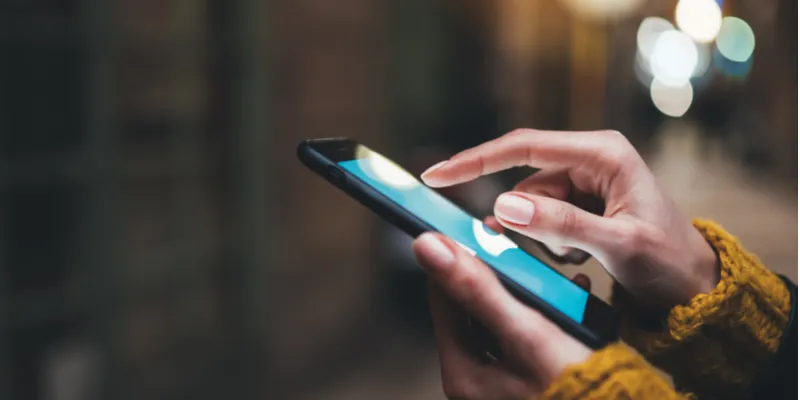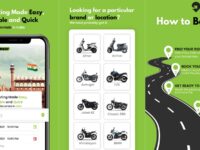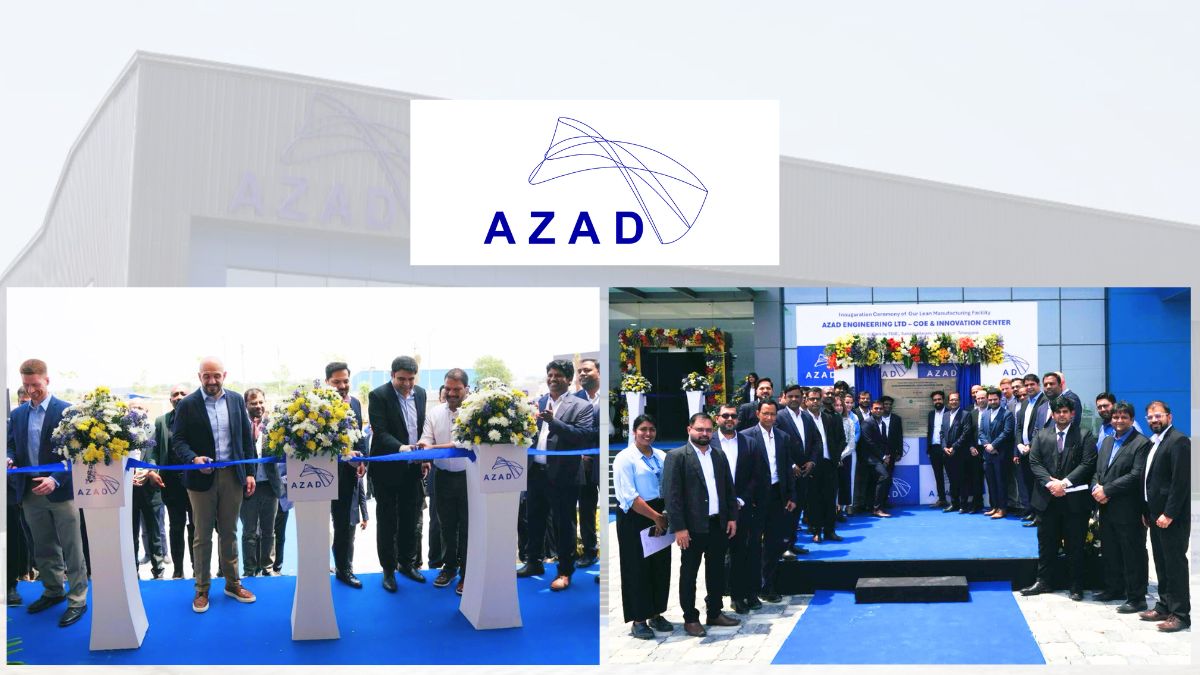3 out 4 smartphone users in India have NoMoPhobia: Survey

Three out of four people surveyed in India have ‘NoMoPhobia’ or the fear of being detached from their smartphones due to low battery or other reasons, according to a joint study by mobile phone maker Oppo and market research firm Counterpoint.
According to the report, 65% of smartphone users surveyed experience emotional discomfort—they are worried or anxious, feel disconnected, helpless, nervous, or unsafe, and experience fear of missing out—when their battery drains.
NoMoPhobia, short for ‘no mobile phobia’, refers to the fear of, or anxiety caused by, not having a working mobile phone.
Oppo India collaborated with Counterpoint to understand modern smartphone users’ battery anxiety levels. The survey covered over 1,500 respondents in Tier I and some Tier II cities.
“This is a foundational study and will be instrumental in the way we make our products. 60 per cent of people are going to replace their smartphones because the battery is not performing. More importantly, we cue this to make our products’ battery,” said Oppo India’s Chief Marketing Officer Damyant Singh Khanoria.
The study found that 82% of male users feel more anxious compared to 74% of female users. 92.5% of users use power saving mode on their phone and 87% use their phone while it’s getting charged.
About 42% of respondents use smartphones primarily for entertainment, wherein social media is at the top. Around 65% of users sacrifice phone usage to conserve battery while 82% limit their social media usage.
“Our smartphones have become our personal universes that enable us to stay connected, personally and professionally, and also for entertainment. Consequently, many of us have developed a phobia of being without our phones,” said Counterpoint’s Research Director, Tarun Pathak.
“As a result, people often feel anxious at the thought of running out of battery and being unable to use their phones. The feeling of low battery anxiety is higher among the working age group of 31 to 40 years followed by the age group of 25 to 30 years,” he said.

Atul Tiwari is a seasoned journalist at Mumbai Times, specializing in city news, culture, and human-interest stories. With a knack for uncovering compelling narratives, Atul brings Mumbai’s vibrant spirit to life through his writing.





